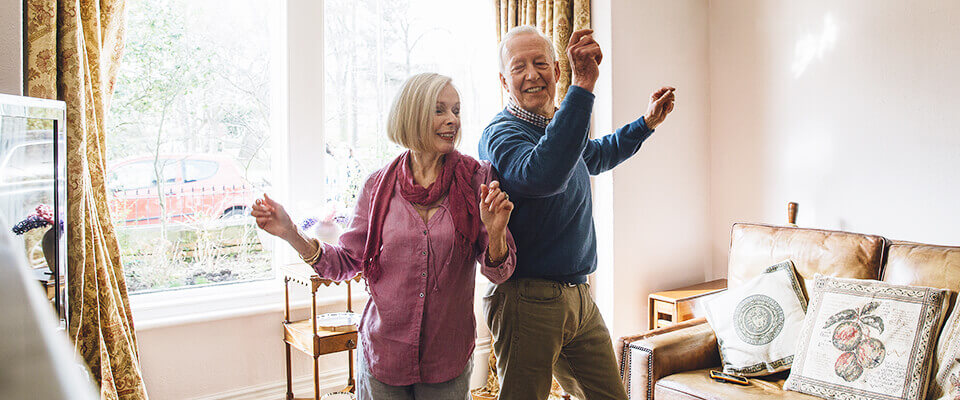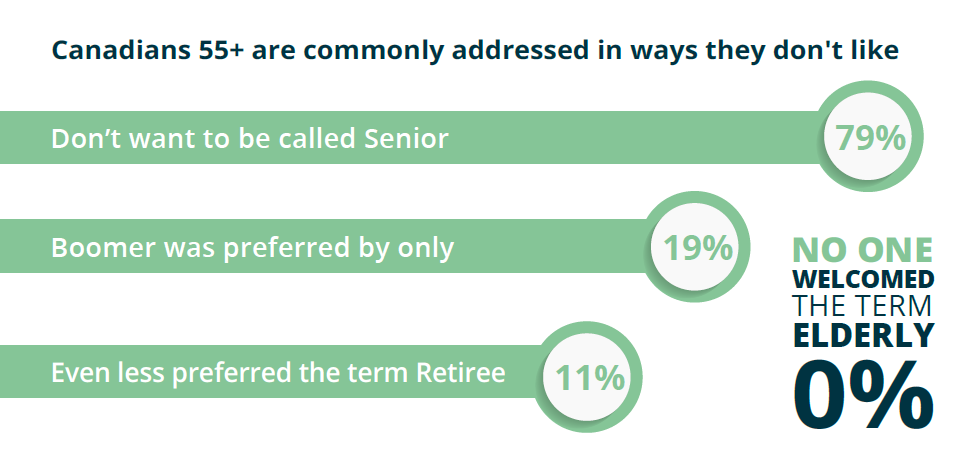While huge steps have been taken to try to stamp out many forms of prejudice, such as sexism, racism and homophobia, ageism is more prevalent than we realize.
Positive images of women, diverse ethnicities and same-sex couples are everywhere, but older people are still shamefully underrepresented in the media. When they do appear, it’s often in a negative or stereotypical light. But with such an evolved society, why is ageism still so widespread? And what can we do about it?
Ageism in the media: a vicious circle
A big part of the problem is that people 55+ are underrepresented both in media depictions and the media workforce.
According to analytics company, Cisions, stories related to Millennials overshadowed those about Boomers by three to one. Research by SunLife found that three quarters of people over 50 felt that they were never represented in mainstream advertising. Further research by YouGov discovered that 79% of people aged over 50 felt inaccurately portrayed in the media.
A ZoomerU study also discovered that the Boomer generation doesn’t align with ageist stereotypes, such as confusion with technology. Boomers are more likely than Millennials to enjoy keeping up with new technological developments, use the internet and trade investments on line.
Ageist depictions in the media could be due to a lack of people 50 and older working in the industry. An IPA Excellence paper by Olivia Stubbings discovered that people over the age of 50 account for just 6% of the entire advertising workforce. Compare that to the number of 50-plus workers in finance (22%), medicine (30%) and law (35%). Is the answer to ageism more 50+ marketers?
Stamping out ageism isn’t just important to us as a society, but also to us as individuals. Yale University research found that older people who had positive perceptions of aging lived seven-and-a-half years longer than those with negative perceptions.
So scrapping ageism in the media won’t just make us feel better about aging, it will also help us live longer.
Kicking ageism out
For over 30 years, HomeEquity Bank has been at the forefront of pushing back against stereotypes of aging. We are fierce advocates of our customers, all of whom are aged 55+ and we have come to understand and appreciate their unique strengths, challenges and needs. We are constantly listening to our customers and rejecting ageism in our communications has always been a priority.
One recent example of this came about when we commissioned research from neuroscience research firm Brainsights, to better understand how our customers want us to speak to them. Click here to see what the research found.
What the research told us
Brainsights analyzed the unconscious brain activity of over 300 Canadians, half of whom were 55 and over, and compared their reactions to a younger control group. When shown various video clips, their brain waves were recorded to measure levels of attention, connection and memorability.
Clips that depicted older people as being educated, energetic and enthusiastic, rather than frail and helpless, had a 26% greater connection and 28% better memorability than average.
Nostalgic clips typically caused reactions as high as 42% above the average (the highest performing nostalgia clips were from Disney’s The Nutcracker and the Four Realms and Mary Poppins Returns). The 55+ age group also reacted positively to themes of parenthood that communicate learning and growth.
Information delivered in more digestible chunks got the greatest impact among the over 55s. As the brain ages, it requires more cognitive resources to process information. This was proven when a shortened, faster version of a commercial had far less connection with the over 55 group than the longer, slower version.
A recent IPSOS survey also confirmed that stereotypical labels describing older adults are out of line with how Boomers see themselves. Nearly 80% of Canadians aged 55+ said that they don’t want to be called ‘seniors’ and nearly 30% preferred no label at all.
This research has helped us to better understand our customers and how we need to communicate with them. We have also used the research to highlight the prevalence of ageism and the need to do more to create awareness to tackle it.
How we help our customers
HomeEquity Bank has three decades of experience of helping Canadians 55 and older. We constantly work against ageist attitudes by encouraging positive portrayals of older Canadians.
We also understand that today, Canadians don’t just want a quiet, peaceful retirement. They are living longer, more active lives and want to fully enjoy their retirement in the home they love. We just provide the financial products that allow them to do that.
For more information about how we can help you live retirement your way, call us at 1-866-522-2447.
































